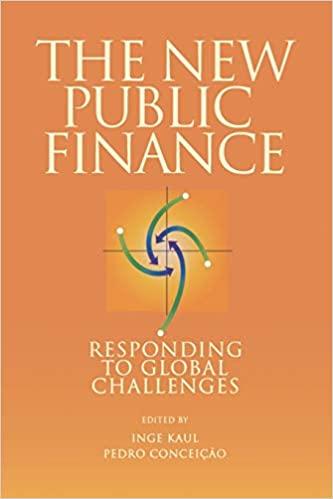Question
1. If the cost of new common equity is higher than the cost of internal equity, why would a firm choose to issue new common
1. If the cost of new common equity is higher than the cost of internal equity, why would a firm choose to issue new common stock?
2. Calculate all MCC break points for the following information:
Total assets = $1,500,000
Total debt = $600,000
Total equity = $900,000
kd is 10% up to $500,000; 11% after $500,000
ks is 13% up to $100,000; 14% after $100,000
3. Your firms ks is 10%, the cost of debt is 6% before taxes, and the tax rate is 40%. Given the following balance sheet, calculate the firms after tax WACC:
Total assets = $25,000
Total debt = $15,000
Total equity = $10,000
4. Explain the difference between WACC and MCC.
5. What determines whether to use the dividend growth model approach or the CAPM approach to calculate the cost of equity?
Step by Step Solution
There are 3 Steps involved in it
Step: 1

Get Instant Access to Expert-Tailored Solutions
See step-by-step solutions with expert insights and AI powered tools for academic success
Step: 2

Step: 3

Ace Your Homework with AI
Get the answers you need in no time with our AI-driven, step-by-step assistance
Get Started


